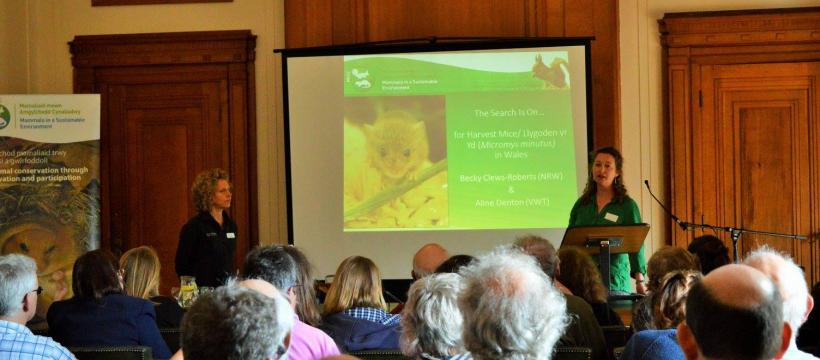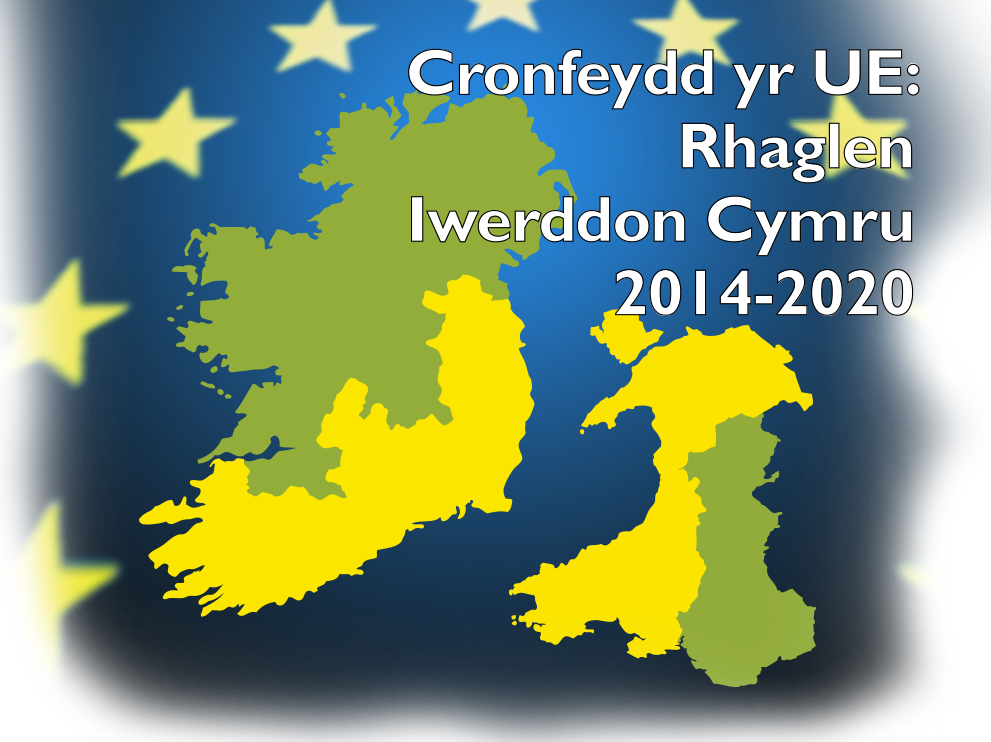
Local communities helped increase biodiversity through conservation project
A novel project which called upon local volunteers in Ireland and Wales to collect data in a bid to protect threatened wildlife and habitats has provided vital insights to enhance biodiversity in the region.
Through the Mammals in a Sustainable Environment (MISE) project, surveys and conservation activities for mammals such as Pine Martens, Red Squirrels, Harvest Mice and Dormice were undertaken on both sides of the Irish Sea.
Delivered in partnership with the Waterford Institute of Technology, Ireland, Natural Resources Wales, The Vincent Wildlife Trust and Snowdonia National Park Authority as well as Waterford County Council and the National Biodiversity Data Centre, the project was made possible with £945,000 from the EU’s Ireland/Wales Cross Border programme 2007-2013.
Through MISE data was gathered on the current status and ecosystem requirements for each individual species, using non-invasive DNA analysis collected from samples such as hair and faeces. This genetic analysis can lead to species, gender and individual identification.
Denise O'Meara, Waterford Institute of Technology, said:
“Through this approach we were able to identify the number of Pine Martens living in a woodland in county Waterford. We were then able to plan conservation measures for the species, including erecting Pine Marten boxes throughout the habitat. The Pine Marten will use wooden den boxes as resting and breeding sites in young woodlands where natural tree cavities are rare.”
Another aspect of the project was to find evidence of bat migration between Wales and Ireland as there is little knowledge of their migration activities in the UK. While bats are too small to carry satellite tracking devices, the latest bat technology was installed on three Irish Sea ferries. The detector analysed the high frequency calls made by bats to build up a sound picture of their environment. This data was used to detect the species of bats that had flown passed.
Ms O'Meara said:
“This project differed from a lot of other scientific projects because it involved local communities. Volunteers participated in data collection and learned how to observe signs of wildlife, contributing to our understanding of some of the rarest mammals in the regions. Many local groups are continuing the work of the MISE project through local mammal groups.”
